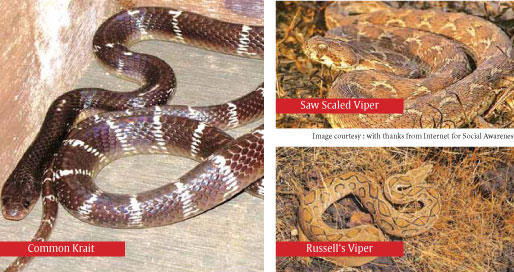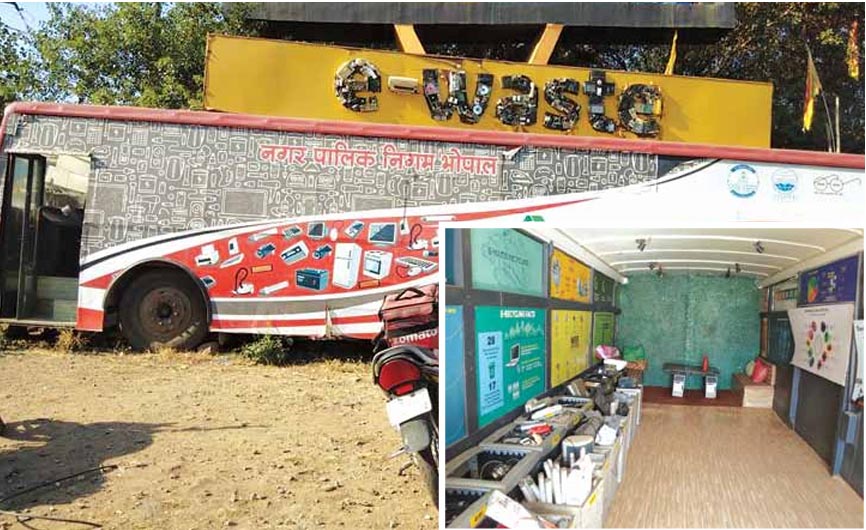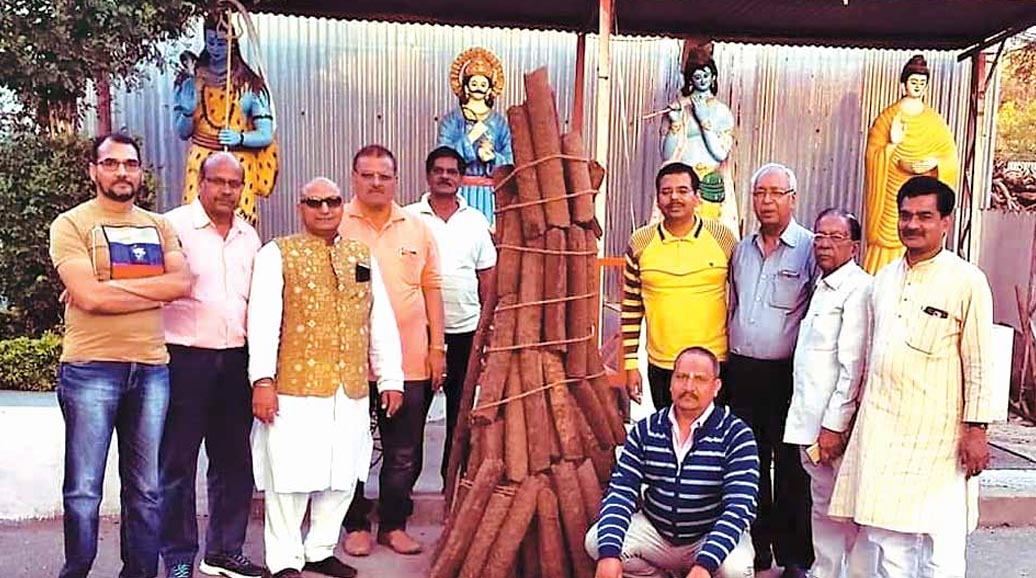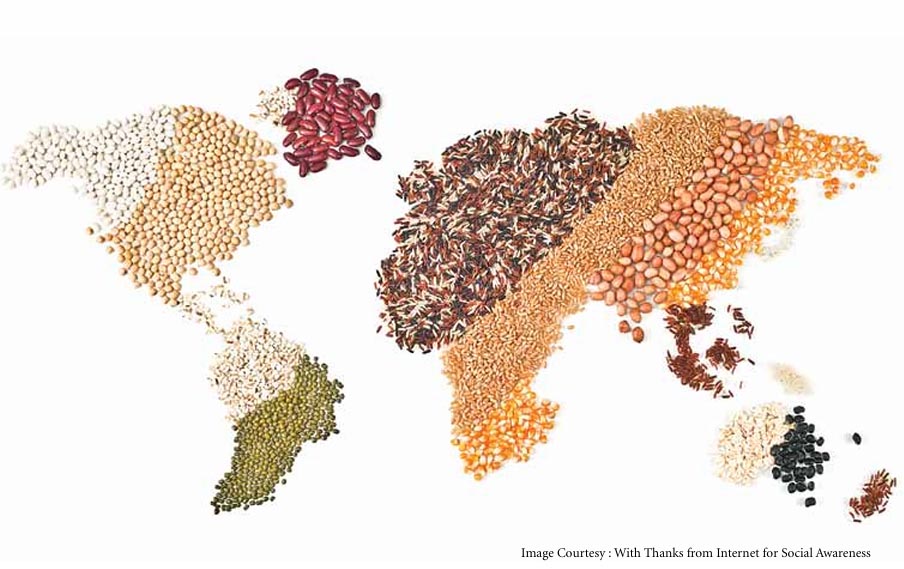
By : Amit Kumar Dadhich
Human-Snake Conflict Management
Human-snake conflict has been present for centuries, but in India, there is still much to learn about this neglected problem. The country has over 300 identified species in its various environments, out of which more than 60 are venomous. Humans are mostly envenomed by four of these species that encroach upon human habitats and agricultural fields as well as the areas around them, namely: Spectacled Cobra (Najanaja), Common Krait (Bungaruscaeruleus), Russell’s Viper (Daboiarussellii), and Saw Scaled Viper (Echiscarinatus).
J. P. Chippaux estimated that worldwide, there are 125,000 deaths per year and 10,000 of those from Asia. India, we know, makes up a large part of this figure. The best Indian estimate is currently 45,900 deaths per year due to snakebite from the work of the Million Death Study. They suggest, that in keeping with this data, the number of deaths worldwide is well over 100,000 per year. Snake venom acts in a variety of ways including: paralysis caused by neurotoxicity, bleeding disorders, local tissue damage, renal tissue damage, and rhabdomyolysis. Some may have just one action and others may have a combination of the above list; some may even show regional variation within a species. Currently in India, there is only anti-venom for the four main species: Spectacled Cobra, Common Krait, Russel’s Viper, and Saw-Scaled Viper. (Source: WHO/news)
It’s no wonder then that snakes are at the heart of the human-wildlife conflict in India. According to recent estimates by the World Health Organization, as many as 2.8 million people are bitten by snakes in India every year, and 46,900 of them die. Yet there is little or no awareness about the first aid to be administered or the urgency in calling a snake rescuer.
Rising Aryavarta Welfare Society (RAWS) is a humanitarian organization founded at Bhopal, Madhya Pradesh with a goal to bring positive change in the Indian society by awareness, training, research, advocacy and planning in the sectors of Disaster Risk Reduction (DRR), Environmental Management, Water, Sanitation & Hygiene (WASH), Health Care and Women Empowerment.

To address Human-snake conflict, Rising Aryavarta Welfare Society (RAWS) has integrated two topics under their Community Based Disaster Risk Reduction (CBDRR) program and School Safety programsupported by UNICEF Madhya Pradesh and UNICEF Chhattisgarh, World Vision, Corporates. They are as follows;
1. Awareness on importance of snakes in our lives in ecological, medicinal and religious context.
2. Training program on First Aid after snake bite for the community & school students.
Outcomes:
1. Programs have changed community point of view towards killing of snakes.
2. People started calling Snake catcher (Sarpmitra) or forest department whenever they see any snakes nearby or in fields.
3. People started understanding the importance of snakes in our eco system especially to farmers, because snakes are known as friends to farmers.
4. People started displaying snake catchers contact numbers in villages/cities.
5. People have stopped feeding milk to snakes during festivals, as it act as poison to them.
6. People started giving first aid in case of snake bites.
7. People started reaching health Centres/hospitals in case of snake bite instead of taking victims to local saints (Baba).
We felt that our organization’s activities has changed the perception of human for snakes. But still we are facing challenges in behavioral change. It’s a long race to win but If we continuously conduct such programs in community as well as in schools or colleges, then we could create a safe place for snakes and also mitigate the human-snake conflict in coming days.
We recommend state and central government to launch programs on HumanAnimal Conflict Management which especially address the issues of HumanSnakes Conflict Management. And certified trainings should be given to forest department personnel and as well as to common people on Snake Handling so that we could create more and more certified Sarp Mitras (Snake Handlers or Snake Friend) in the community in order the save our snakes.
Recently Kerala state has set a unique example by becoming the first to institutionalize snake handling in the country. The Kerala Forest Department has framed guidelines for rescuing snakes from human dominated places and releasing them in uninhabited areas. Due to increase in number of death and casualties due to snake bite and also due to supply of snakes for criminal purposes, Kerala government has taken a much needed step. It should be adopted by other states too.




